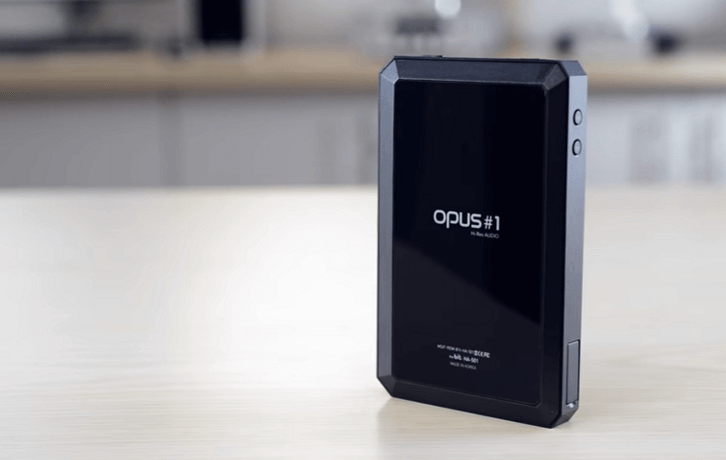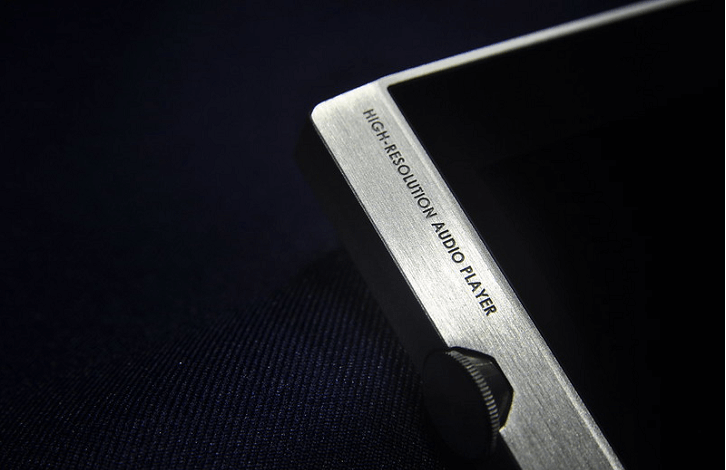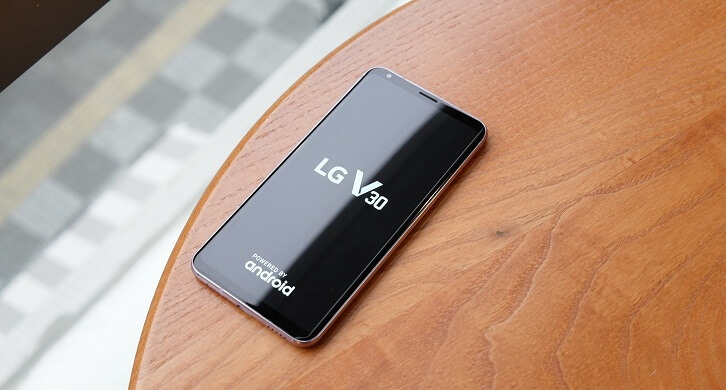How to Charge AirPods Without a Case
Discover the truth about how to charge AirPods without a case. Uncover myths, find alternatives, and safeguard your audio experience.
There was a time when an MP3 player or digital audio players/DAPs were the norms. However, when people received their first smartphones, audio players were quickly forgotten. Using a smartphone, people could carry their music, and it offered more convenience than MP3 players/DAPs. In recent years, however, DAPs have seen developments which make them relevant again to the masses. So, are digital audio players still worth it? Read below to find out more.
A digital audio player, (or DAP for short) is an electronic device capable of storing and playing digital audio. Other common names used to describe DAPs are MP3 players or portable music players.
However, to call a DAP, an MP3 player would be an understatement. This is because unlike an MP3 player, DAPs are capable of playing different varieties of audio formats with ease. From MP3s, lossy files, low-res, and even full-resolution audio, Most newer DAPs can play almost any audio format you throw at them.

THE OPUS 1 DAP
Unlike older DAP models which were cheaper and mostly made of plastic, newer DAPs have undergone a massive transformation and come with the better build quality and additional features. Many come with tactile buttons, touch-sensitive screens, balanced outputs, support for Wi-Fi, and Bluetooth wireless streaming.
What would you pay for a newer DAP model? The price of a digital audio player ranges from as low as $50 to high-end models which cost an upward of over $3000. The price of a DAP is mostly dependant on the features. The storage size, great DAC conversion hardware, ability to play different music files (including high-res), are some of the features that influence the price of DAPs. Some of the high-end best digital audio players in the market include Astell&Kern A&Ultima SP1000M, Sony NWWM1Z, FiiO M11, and HiBy R6 Pro, to name a few. There are also budget daps and cheaper priced models like Hidizs AP80, Sony NW-A45, or the SanDisk Clip Sport and many more.
With the different audio formats in the market, digital audio players have evolved to handle and decode the various technologies employed. The three main audio format categories are;
Uncompressed audio format as the name suggests is an audio file that has no compression done to them. This type of audio data is converted to digital format without processing. Because of this, they are recommended for their authenticity because they retain very detailed information about the recorded sound. Because they undergo no compression, uncompressed audio formats will occupy more space. Examples of this audio format include WAV. AIFF and PCM.
Since uncompressed audio formats occupy more space, it is recommended to compress these files to lover their size before storing. The type of files created after compressing uncompressed audio formats are called lossless compressed audio formats. With lossless compressed audio formats, though there is compression to make them smaller, the original data is retained. This file type also allows audio files to be decompressed back to their original data amount. Lossless compressed audio formats include ALAC, FLAC, and WMA lossless file.
If you need your audio files in smaller sizes, Lossy compressed audio formats are your pick. Lossy compression methods provide high degrees of digital audio compression, which makes files smaller. However, the audio files lose their original data quality because some sound waves are removed, which affects the audio quality. These audio formats include MP3, OCG file, AAC, and WMA lossy file.
Bluetooth is a signal that determines how Bluetooth is transmitted from a source, e.g., computer, laptop, or smartphone to a receiver in your speakers, headphones or IEMs.
A Bluetooth codec’s job is to encode information, so they are easily transferred, and then decode the data sent on the receiver’ send. For a DAP, supporting more Bluetooth codecs is an advantage to the user. However, not all DAPs will support advanced Bluetooth codecs like Qualcomm’s aptX or Sony’s LDAC. So before selecting your DAP, check the specs to make sure it includes your preferred Bluetooth codec. With that said, do Bluetooth codecs affect the audio quality?
The answer would be Yes.
Simply put, a low bit rate will result in greater compression, therefore, reducing the audio quality. A higher bit rate, on the other hand, results in less compression, thus the greater audio quality.
Here is the list of Bluetooth Codecs sorted alphabetically.
AAC – AAC, short for advanced audio coding is a codec commonly found in Apple devices and has been growing in Android devices. Apple users benefit most from AAC playback, which tops at 250kbps. For Android users, the performance is not great because of inconsistency in streaming quality.
aptX – aptX, which is developed by Qualcomm, is supported on devices that come in different flavors. Most Android handsets support aptX because they come with a Qualcomm processor built-in. For Apple devices except for Mac, none supports aptX. Apple devices only support two Bluetooth codecs ie, AAC and SBC.
aptX HD – Next from aptX you have aptX HD. It is also developed by Qualcomm but offers high-definition audio. It uses a slightly higher bit rate and can sample up to 48 kHz at resolutions up to to 24 bits.
aptX Low Latency (LL) – aptX low Latency, better known as aptX-LL, uses the same technology as aptX but at a much lower latency. aptX-LL is ideal when watching videos on Youtube, watching TV, or when playing video games. most Bluetooth codecs have a latency between 80-140ms, while aptX-LL achieves a latency of 32ms and 40ms in broadcast television’s standard.
LDAC – LDAC is a new audio codec developed by Sony, and is only, for now, available in a handful of headphones, smartphones and digital audio players. LDAC has the highest resolution audio available over Bluetooth and streams audio up to 900kbps at 24bits/96khz.
SBC – SBC or Sub-band codec is the at the baseline of the Bluetooth codecs. SBC does not have bitrate limitations but is touted to be the worst compression method. Being at the base of Bluetooth standards, all devices that support Bluetooth also support SBC.

Pioneer hi-res Digital Audio Player XDP-300R
Deciding between a digital audio player and a smartphone can be a decision hard enough for some of us. Why do people, including me, pick a DAP over a smartphone?
The primary reason why most people pick DAPs over smartphones is because of sound quality. Most smartphones deliver low-quality audio. This is because most manufacturers prioritize things like a higher resolving camera, better display, and long-lasting batteries.
For smartphone users who are looking for better audio quality on the go, resulting in a digital audio player is the best option. Not only do you get a portable audio device that sounds better, but a DAP also comes with a pocket-friendly design and larger storage space. A DAP will also offer several features like balanced audio output and Hi-res sound playability.
In the streaming age, DAPs have also grown to provide access to music streaming services like Spotify, Tidal, SoundCloud, Qobuz, etc.

LG V30 Smartphone
Though smartphones still lag in terms of audio, manufacturers like LG are coming up with new models that have high-quality sound output. LG models like the LG V30 or LG G7 ThinQ offer excellent sound quality and will also not discriminate with SoundCloud, Spotify, Tidal as well as Hi-Res audio. 64
With the emerging trend of smartphones capable of better audio quality, DAPs might seem to be fighting a losing battle. However, looking at the current market trend, it will take some time for smartphones to be on par with DAPs. So, for the time being, it is better to switch to a digital audio player.
So are DAPs worth it?
My answer is a BIG YES.